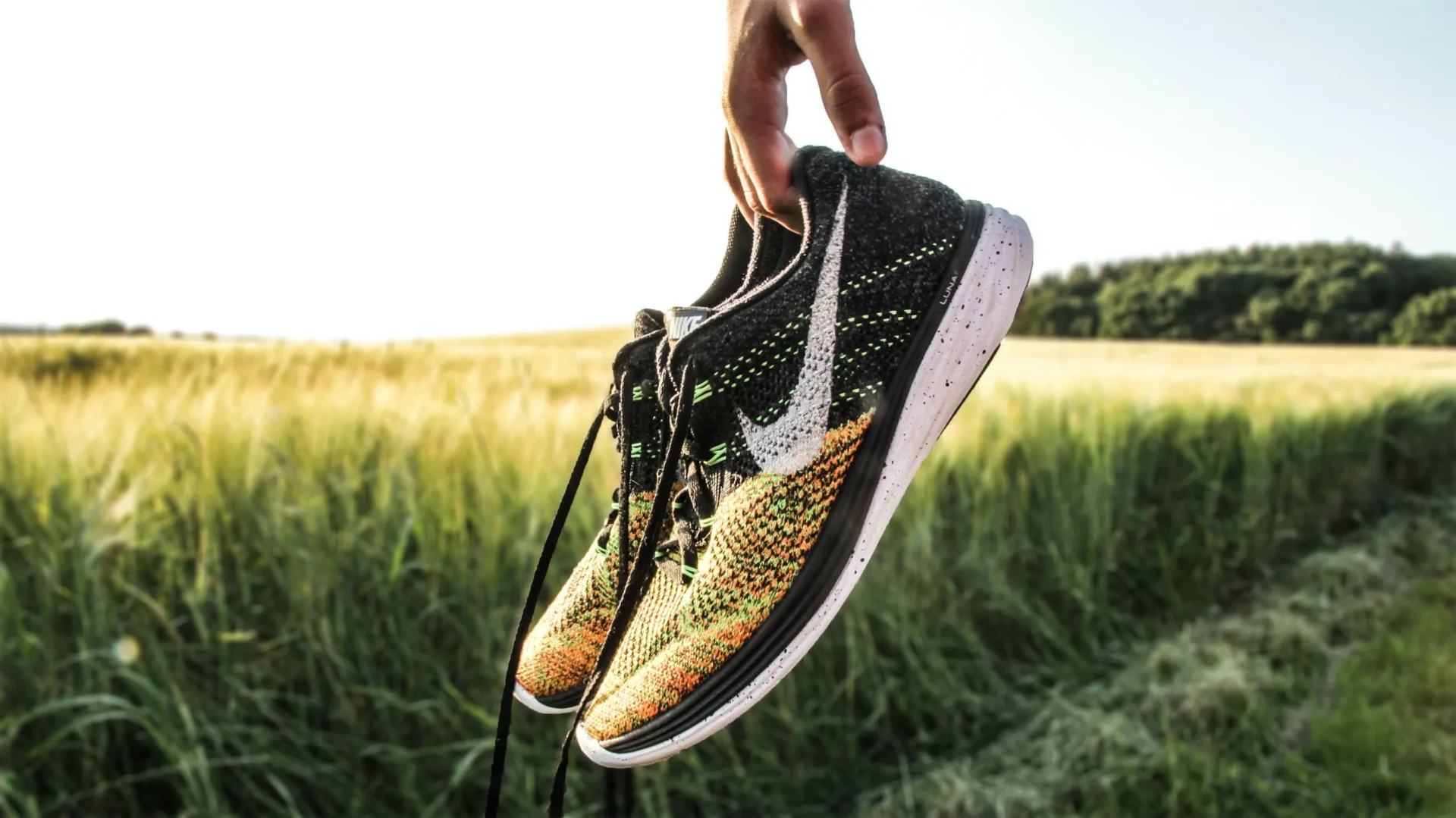The Science Behind Minimalist Running Shoes
Biomechanical Benefits
- Natural Gait Encouragement: The typical 0-4mm heel drop promotes midfoot/forefoot striking, potentially reducing impact forces by up to 35% compared to heel striking
- Enhanced Proprioception: 3-7mm stack heights improve ground feedback, allowing for micro-adjustments in stride
- Weight Reduction: Average 6-8oz weight (versus 10-12oz traditional) decreases energy expenditure by approximately 1% per ounce per mile
Transition Protocol
Phase 1: Adaptation (Weeks 1-4)
- Begin with 10-15 minute walks in minimalist shoes
- Progress to 1 minute running/2 minutes walking intervals
- Limit to 2-3 sessions per week
Phase 2: Strengthening (Weeks 5-8)
- Increase to 20-30 minute run/walk sessions
- Incorporate barefoot drills on grass 2x weekly
- Focus on cadence (aim for 170-180 steps/minute)
Phase 3: Integration (Week 9+)
- Gradually replace traditional runs with minimalist sessions
- Maintain one traditional shoe day for long/hard runs
- Monitor for calf/Achilles soreness
Ideal Use Cases
- Short-to-medium distance training runs
- Form drills and technique work
- Trail running with technical terrain
- Post-injury gait retraining
Potential Limitations
- Not recommended for runners with severe overpronation
- May exacerbate existing plantar fasciitis
- Requires 6-12 month full adaptation period
- Reduced shock absorption on hard surfaces
Complementary Exercises
- Calf raises (3 sets of 15-20 daily)
- Toe yoga (individual toe activation)
- Foot doming (arch strengthening)
- Barefoot balance drills
Source: rei.com
#NaturalRunning #MinimalistShoes #RunningForm
Number of Views: 2



